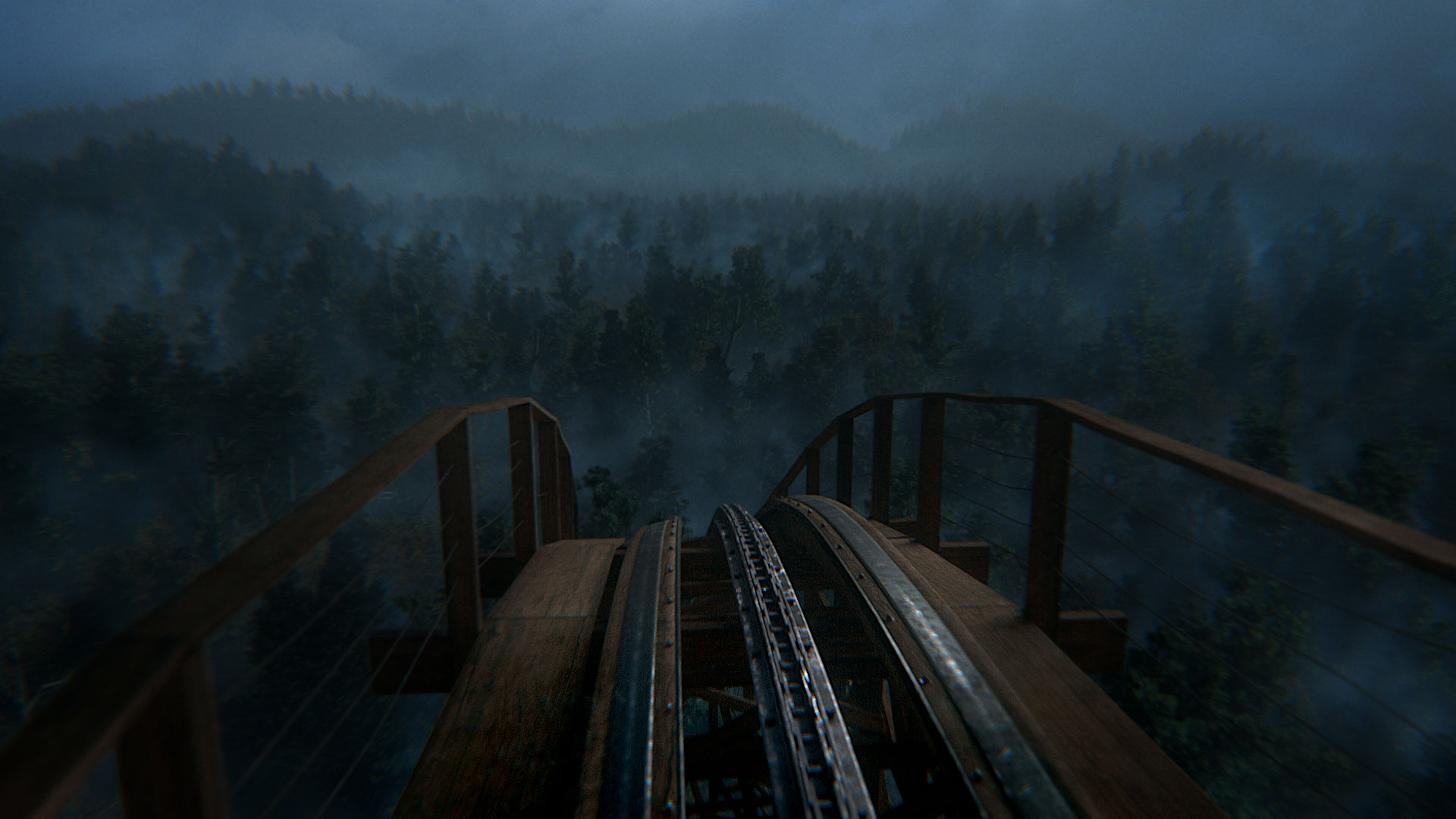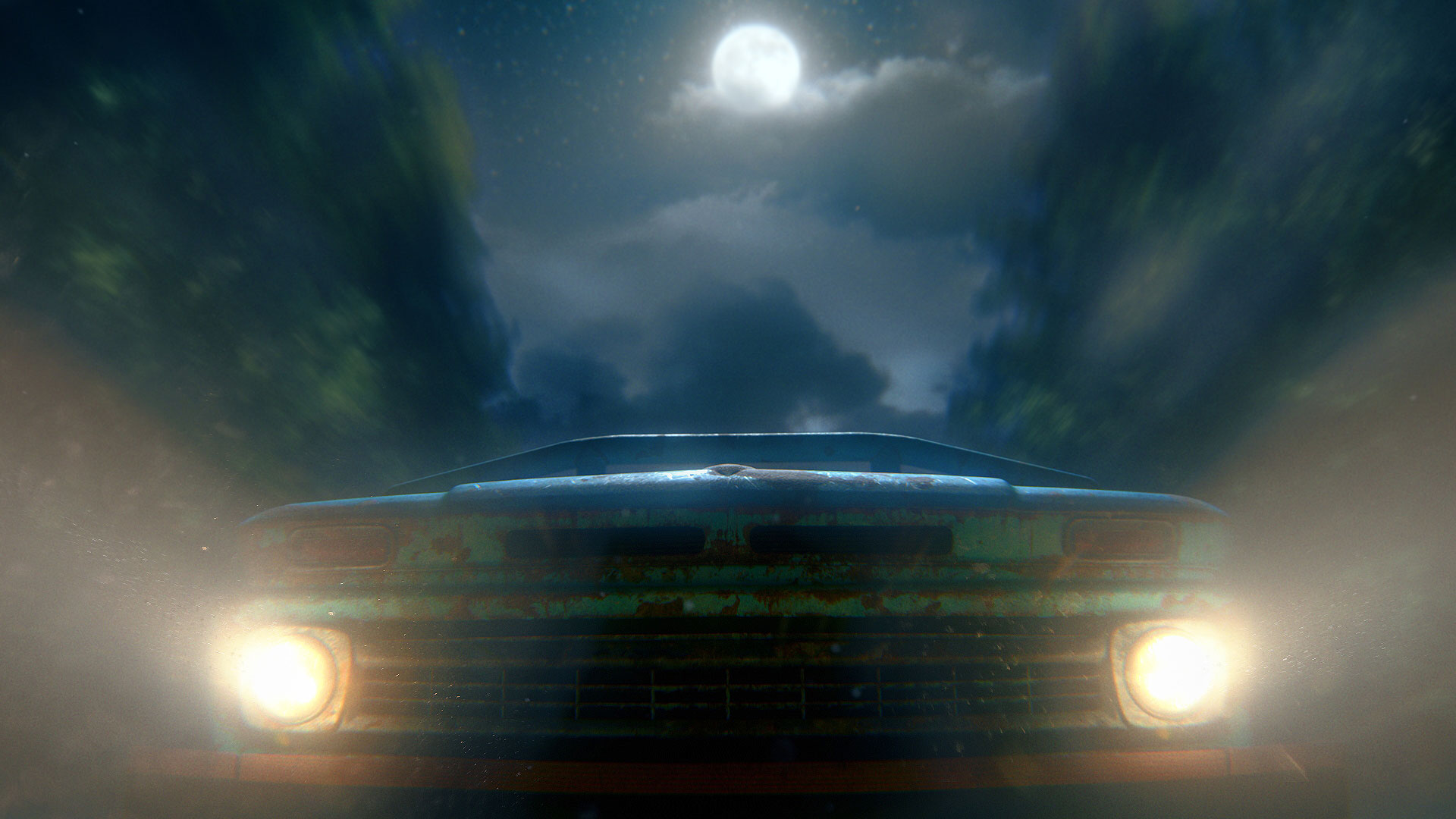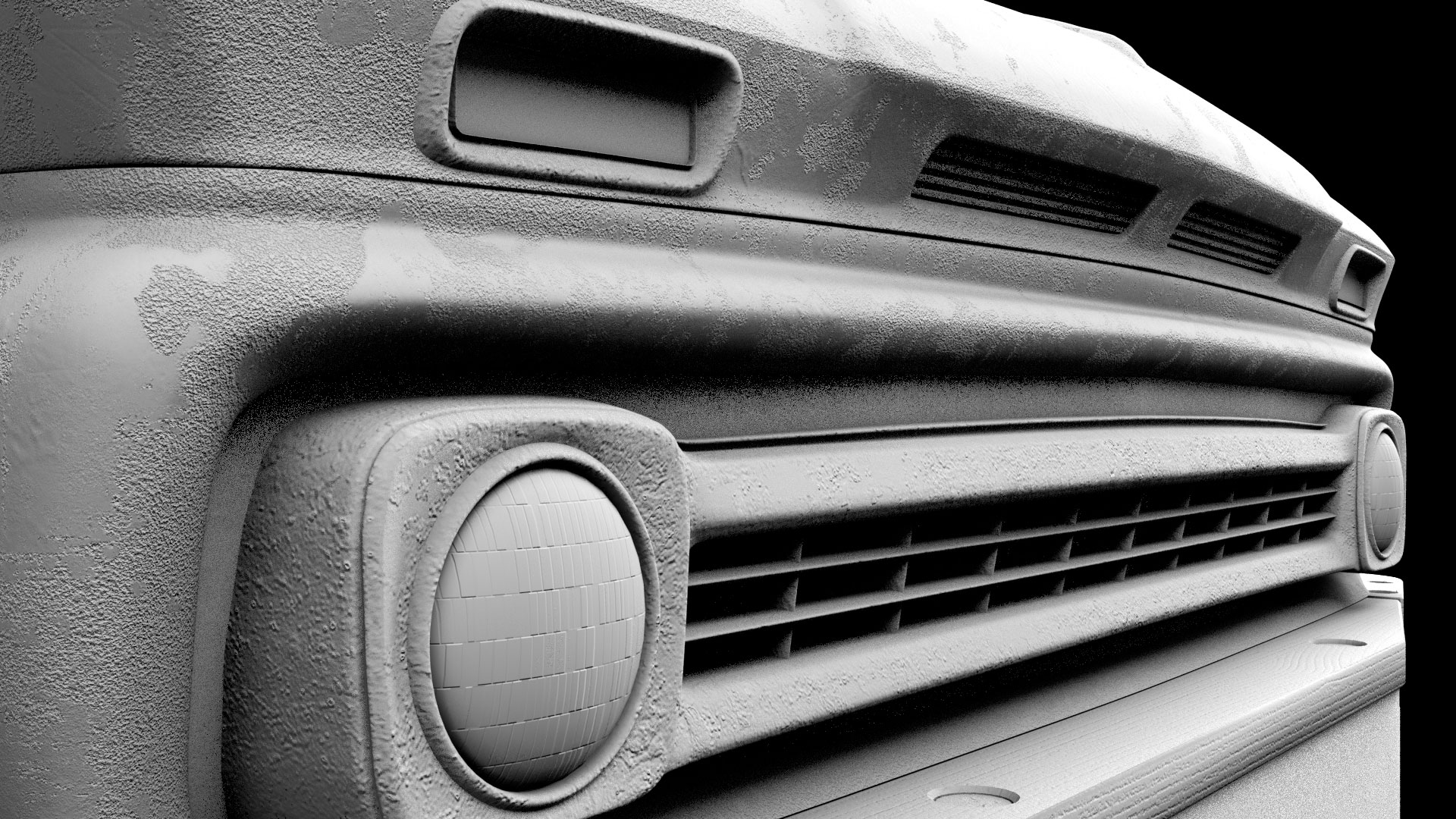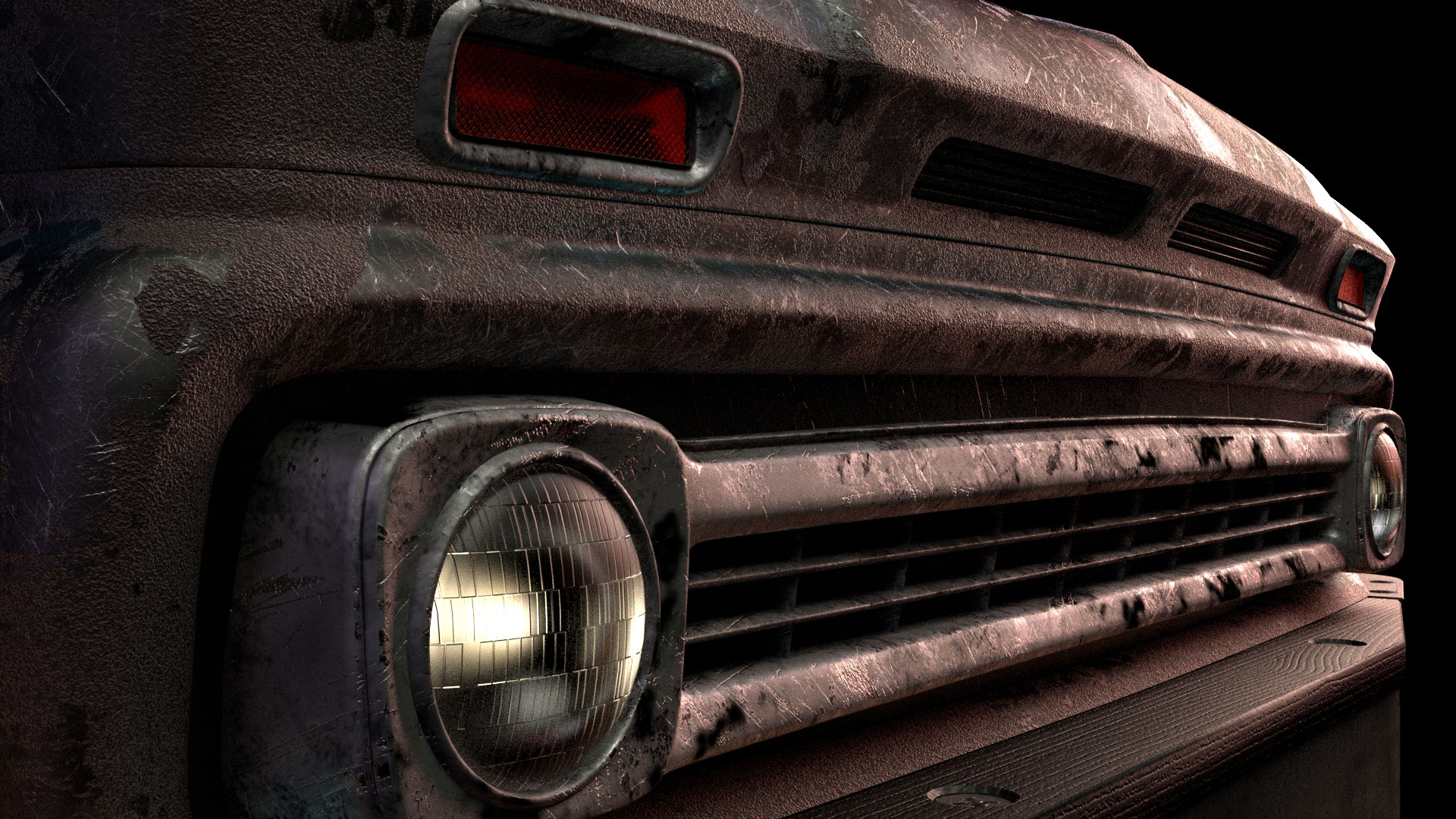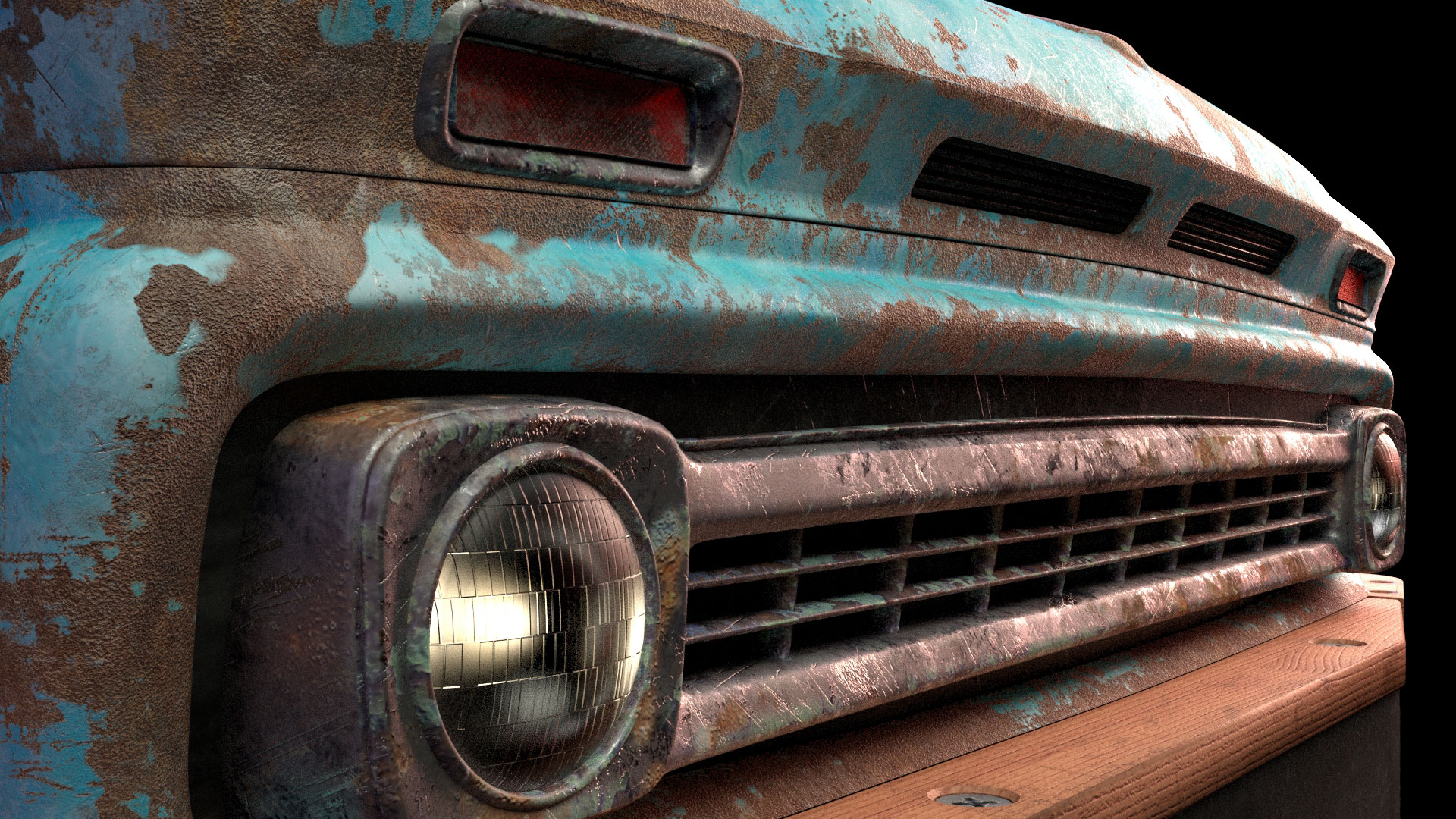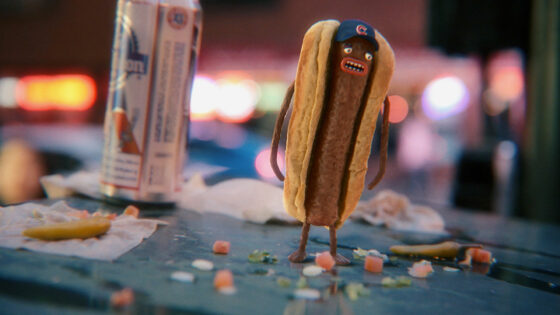Case Study
Our friends at Cramer Krasselt brought Carbon onboard early to collaborate on a thrilling, spooky, and fully animated short film for the launch of the mysterious new roller coaster, Mystic Timbers, at Kings Island in Ohio.
External
- Agency Cramer-Krasselt
- ECD #1 Jimmy Dietzen
- ECD #2 Josh Mizrachi
- AD David Vaca
- Copywriter Tom Katers
- Producer Molly Flynn
- Mix Peter Erazmus
- Sound Design Peter Erazmus
- Music Company Another Country
Carbon
- Creative Director Liam Chapple
- Executive Producer Phil Linturn
- Producer Kate Soczka
- Colorist Maria Carretero
- Editor Carbon
- Lead Flame Artist Matt Bregger
- Lead CGI Artist Tim Little
- Lead CGI Artist Gary Fouchy
- CGI Chris Friesen
- CGI Anthony Morrell
- Pop-Art Concept Art Jake Mathew
Carbon led the creation of the entire Mystic Timbers world and all that exists within it. This included styleframes, animation, and the tone and atmosphere of the short, drawing inspiration from computer games, graphic novels, Disney classics, and the innovative designs from Studio Ghibli.
Our established relationship with CK’s Creative Director David Vaca made for an incredibly streamlined and collaborative process, an incredible opportunity to exercise design, storytelling, pacing, and cinematography, all within the framework of a full CGI production.


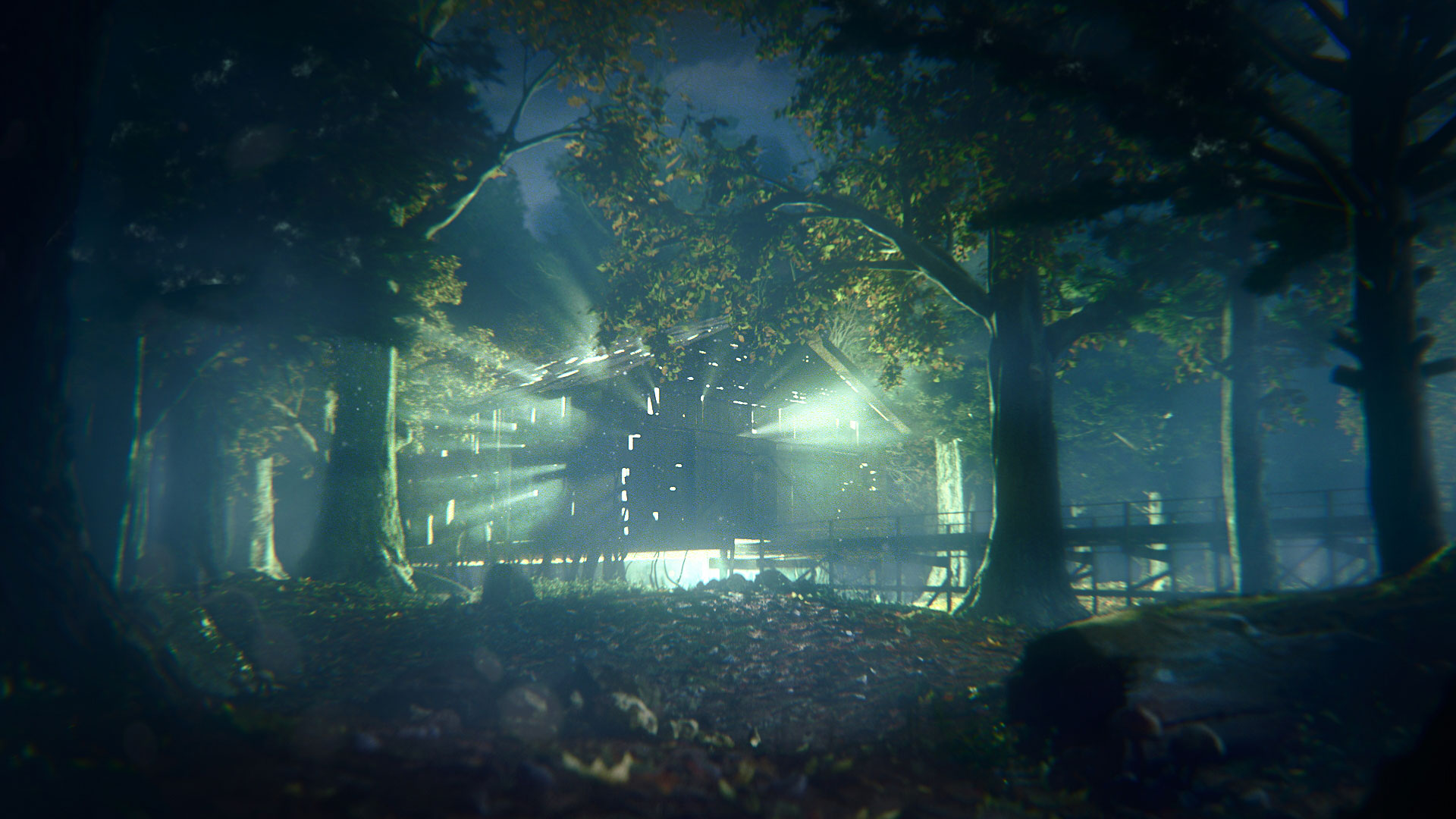
Within the time available to us, we needed smart solutions to create an entire forest. We adapted 2 separate pieces of software, allowing us not only to design, texture, and rig trees, but also to populate and art direct an entire forest, almost shot-by-shot. Never afraid to get ours hands dirty, we also scoured our local Chicago neighborhoods for gnarly old trees, broken bits of wood, and fallen branches to photoscan and digitize, adding yet another layer of rich, lush and photo-real undergrowth on the forest floor.


One directorial choice we made early on was to include people in the film, to humanize the experience and to provide an emotional surrogate for the viewer. It was important for us to feel the thrill of the ride, and what better way than seeing it etched onto the face of a terrified passenger?
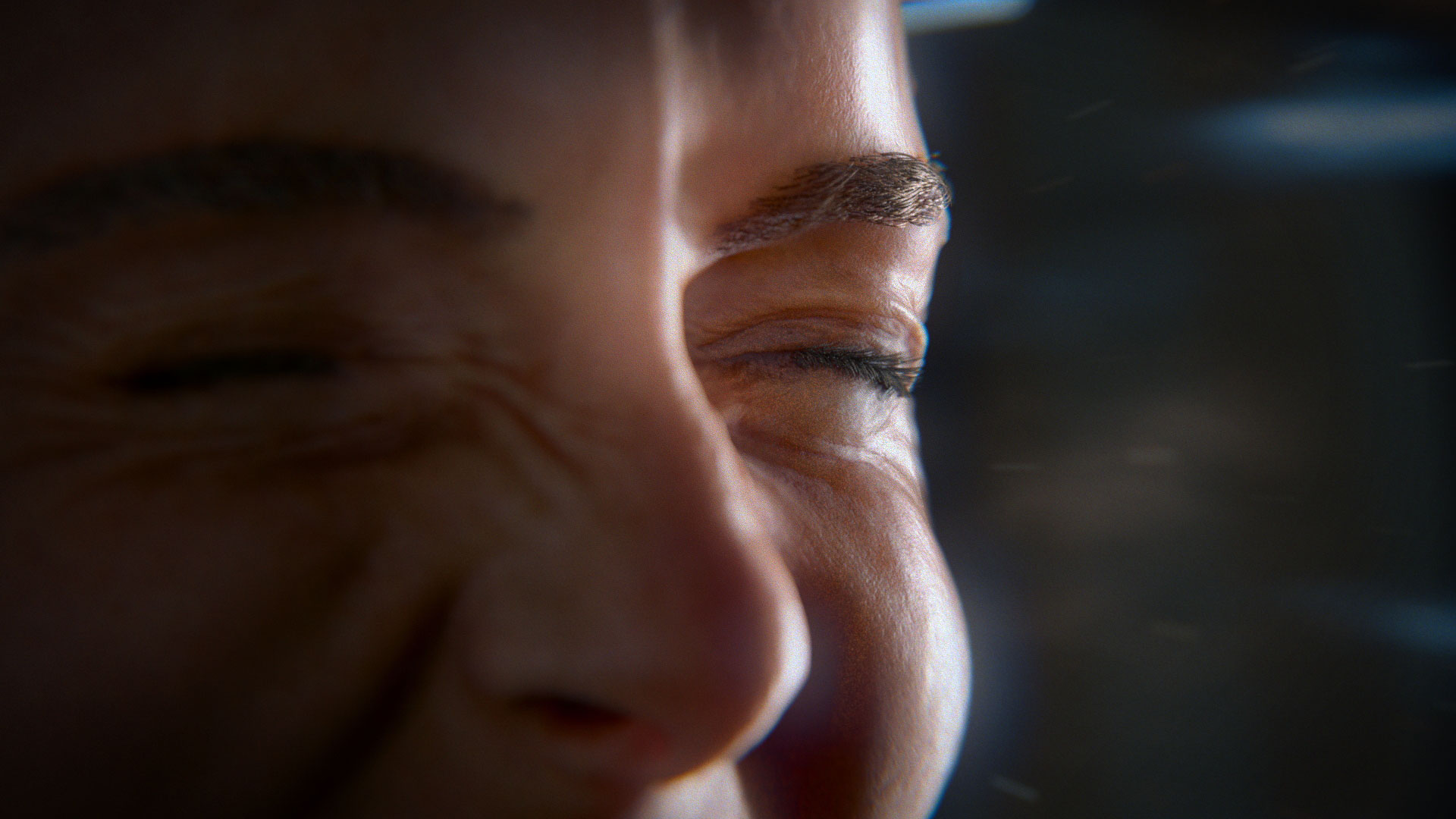
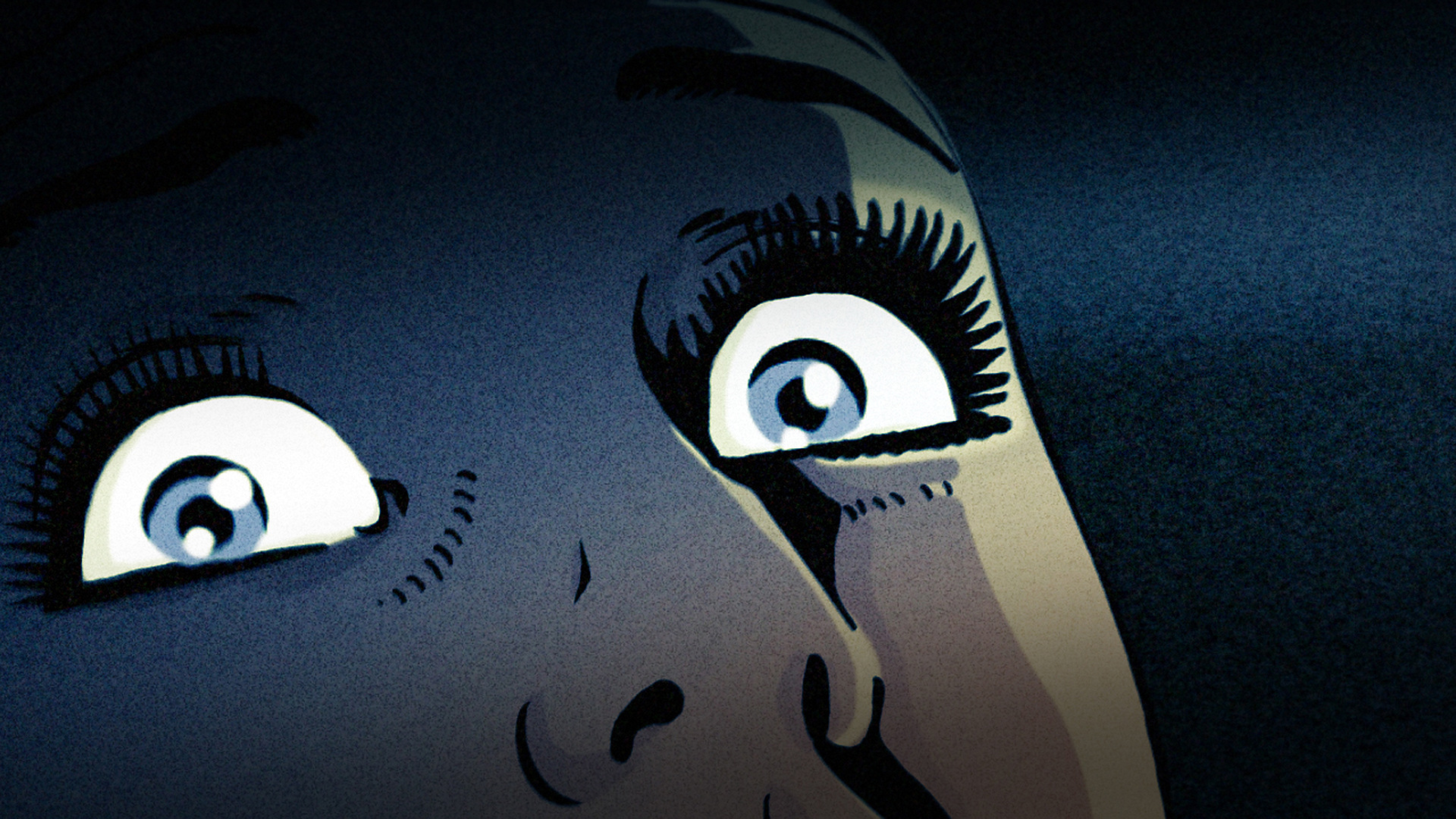
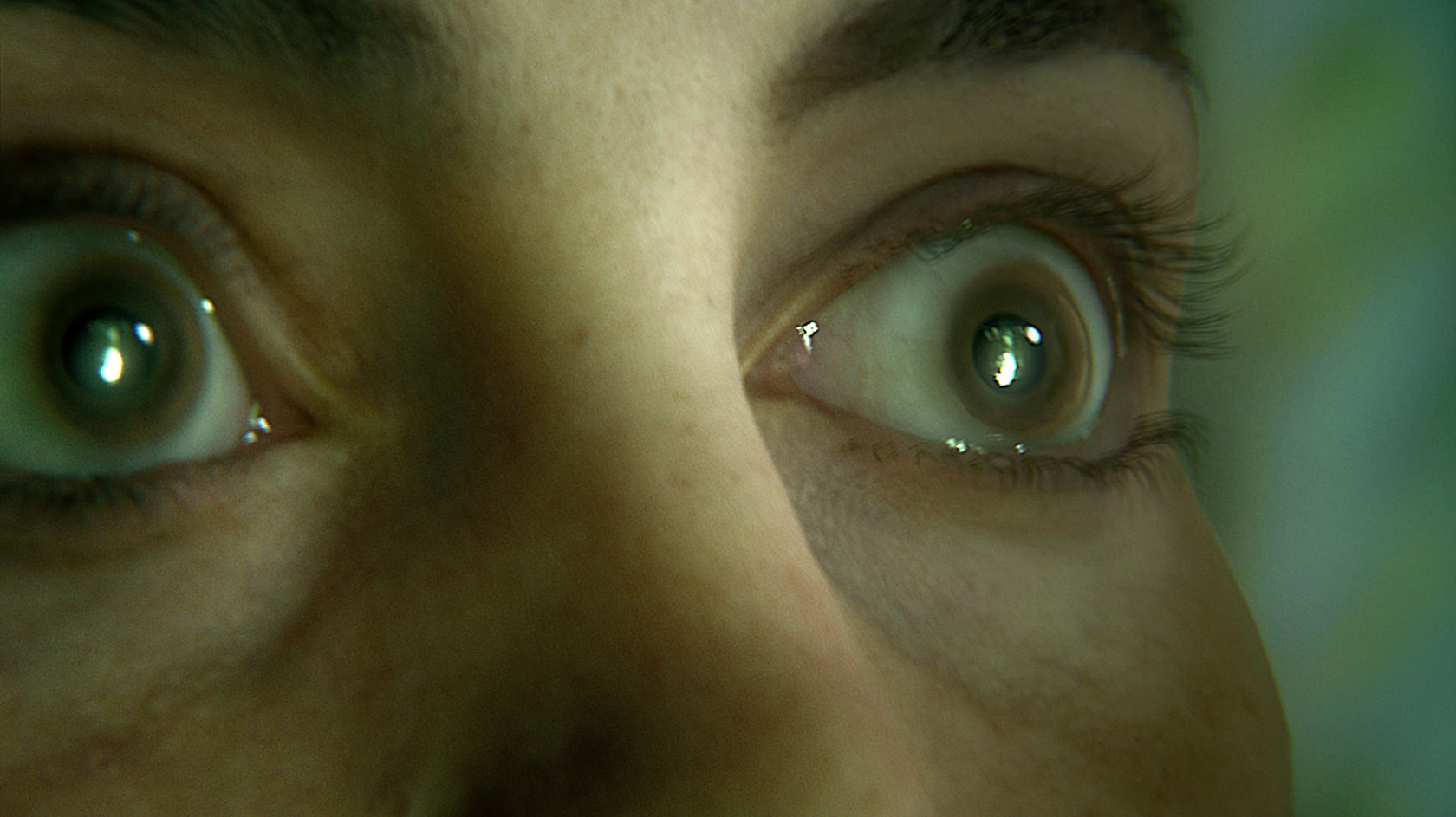
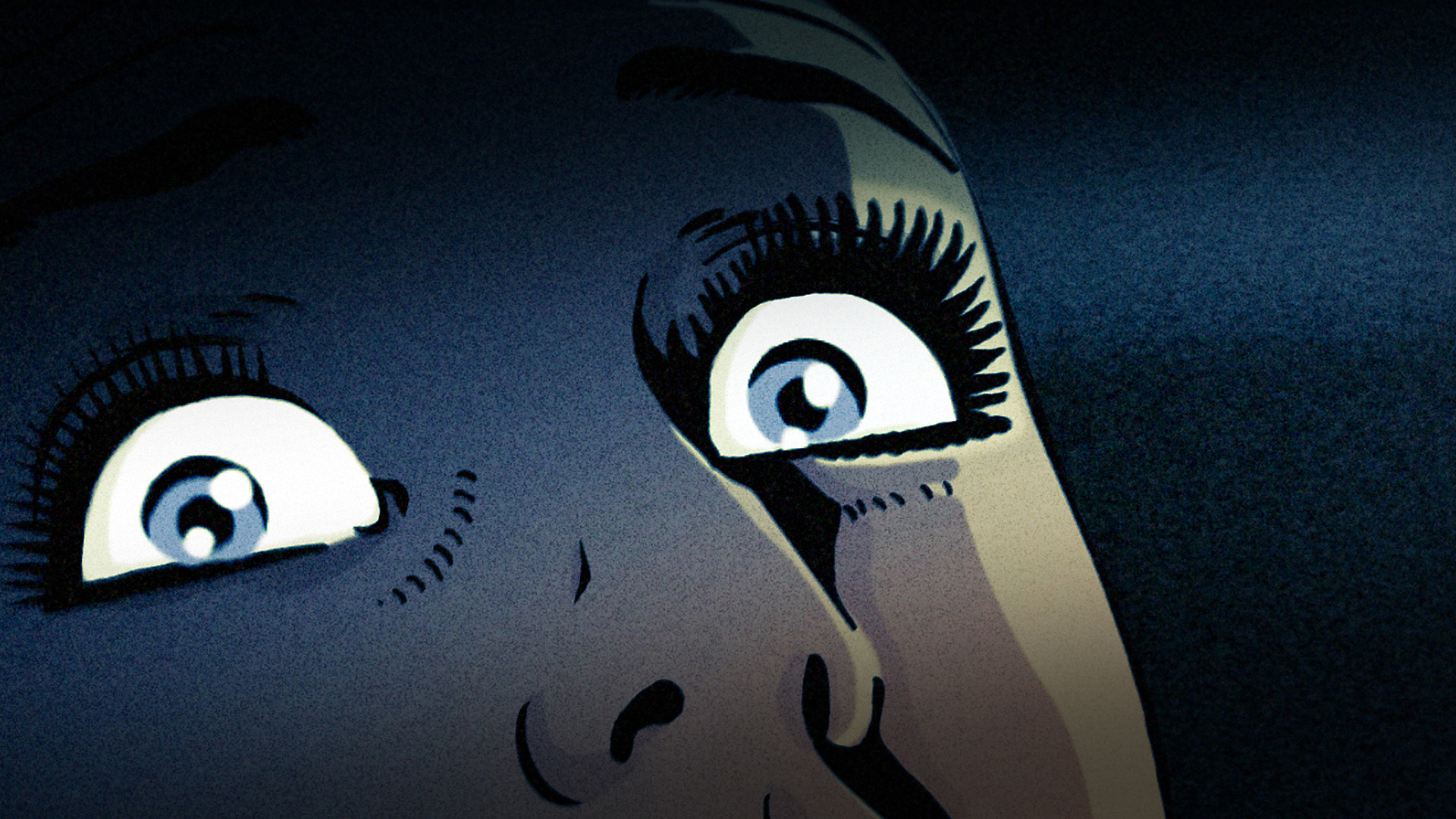
Designing and incorporating human characters that are anything other than photo real is always problematic, with most falling headfirst into the uncanny valley. The double challenge of developing a look for our passengers was that they had to stylistically belong in their environment. We investigated styles ranging from the pop-art graphic style reminiscent of Roy Lichtenstein’s paintings, through to fully photo real. The process evolved organically, both look and character development working in tandem to create the style seen in the final film.
